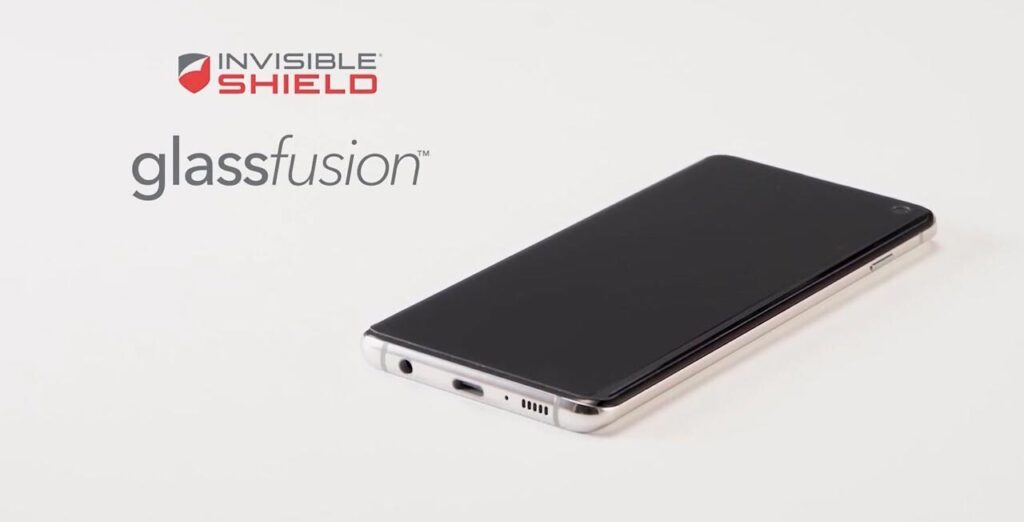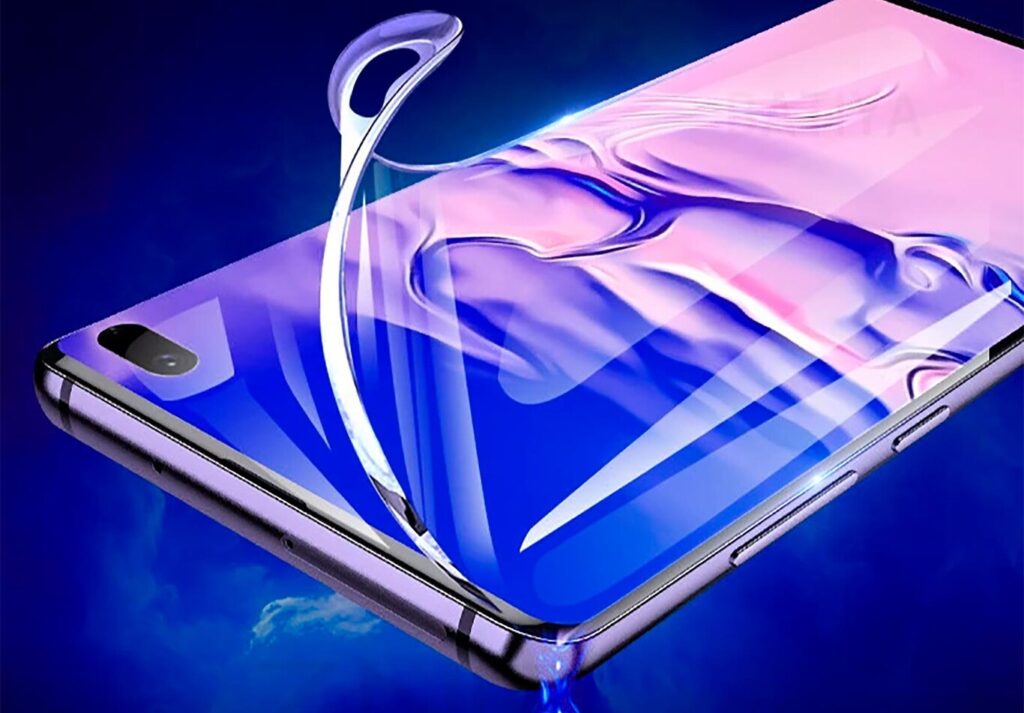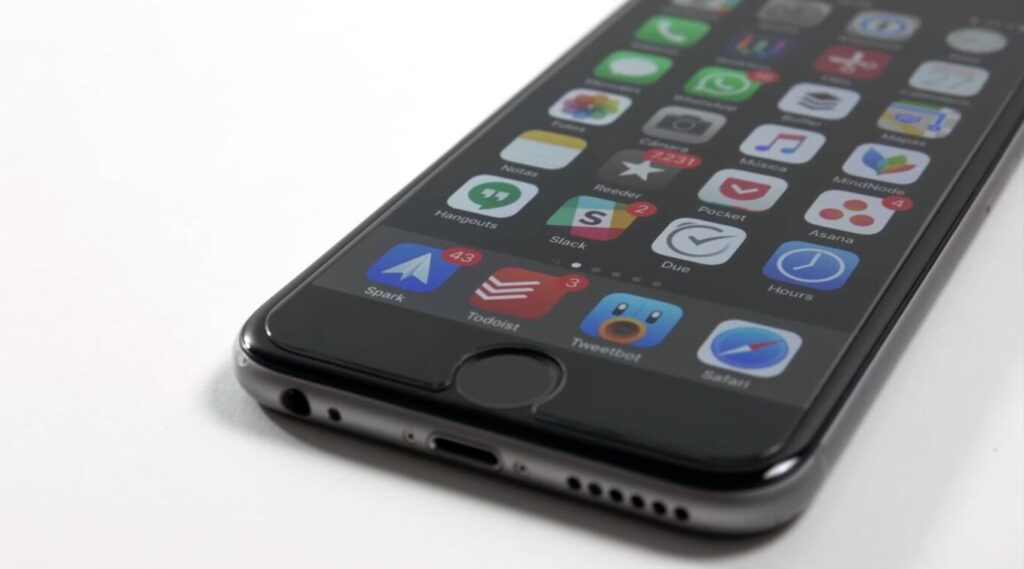Do you want to safeguard the screen of your new phone with a screen protector to avoid scratches and, hopefully, breakage? There are two ways to protect the panel: with a plastic protector or with a glass one. Each has its varieties and its indications, so you have to take into account all the variables to choose the best way to protect the phone.
With what a smartphone costs, it is logical to want to keep it as it comes out of the box for as long as possible. And it’s not easy: given the huge size of the screen, any incident can not only chip the glass, but it will also end up scratching it. Even though the phone is protected by the latest Corning Gorilla Glass: the panel is a magnet for trouble; hence protecting it with a shield is a good idea.
Standard Screen Protector, the Smart Choice
All phones leave the factory with a plastic film protecting the screen. This film is usually transparent and behaves like a standard screen protector. The most advisable thing to do is to keep the screen protector, at least in most cases.

The standard protector is always made of plastic, protects most of the front (sometimes the glass protrudes from the edges of the protector), is perfectly positioned, and offers more than good protection against scratches. So why remove it? As long as the brand does not imprint the features on the plastic sheet, which is becoming less and less common (it still happens in cheap phones).
Most cell phones do not need a screen protector because the brands include a plastic film that is good enough to act as a protector. However, this component has the problem that all plastic protectors have: the finger does not slide over the surface of the screen smoothly. This is precisely the point to evaluate when purchasing a specific screen protector for the mobile.
Plastic or Glass protector?
Broadly speaking, we can divide screen protectors for cell phones into two very distinct categories:
- Plastic protector: They are made of different plastic polymers, are cheaper, and have a highly valued feature for those who have a mobile with a curved screen: the sheet adapts to the sides of the panel.
- Glass protector: They are made of tempered glass, offer the same touch as the phone screen, and absorb to a greater extent the slight impacts received from the phone frontally.
Each type of protector has its advantages and also its disadvantages. If you are looking for a cheap screen protector, there is no doubt that the best is a plastic one; even though the tempered glass ones have been greatly reduced in price. The touch of the glass protector will always be better (the finger does not get stuck, the grease is better removed). For the crashes, both are not very effective; although the glass one supports better since it usually fragments that first layer before the glass of the screen.
Within each type of protector, some different components and finishes provide special features to the accessory. Besides, brands use their names for their products; a fact that complicates the search for the protector.
The Different Types of Plastic Protectors

To describe protectors as ‘plastic’ is an oversimplification, since these accessories are made of different types of polycarbonate. There are even multilayer protectors that accumulate several sheets of different materials to improve the final properties of the accessory. However, they are classified into two main types:
- PET protectors” These are semi-rigid sheets that offer great protection against scratches. They are soft to the touch, although the finger tends not to slide too much on the surface. They are not highly recommended for curved screens.
- TPU protectors: This is a malleable plastic that adapts well enough to the curves of phones. The touch it offers is slightly ‘rubbery’; which tends to make touch gestures difficult. The ‘hydrogel’ is TPU.
Plastic protectors are the most common, and also the cheapest. However, it is advisable to buy them in packs of two or three protectors: this way you will have a second chance if the first attempt to place it does not go well.
Tempered glass: the best touch is not always recommended
Glass protectors, made of tempered glass (a component with the same treatment as the outer face of the mobile screen), provide the same feel like the one originally offered by the phone. They are more expensive than plastic protectors, but that difference has been significantly reduced: it is possible to find good glass protectors in stores such as Amazon.

Glass protectors are rigid and must have the exact shape of the phone. This is a disadvantage in the case of curved screens as the edges usually show the ‘step’; which usually gives a bad sensation in the gestures on the side. Combined with a case, this defect can be disguised.
Tempered glass protects the screen from scratches and also from small impacts from the front. Not from falls: if the phone falls from one of its corners, the screen will tend to fragment due to twisting. Even so, they usually offer greater safety than plastic protectors.
Each manufacturer has its brands of tempered glass. Also, you should look at the thickness of the glass and its hardness: the greater the hardness, the more resistant it will be to scratches. It will also be worth more, of course.
This post may contain affiliate links, which means that I may receive a commission if you make a purchase using these links. As an Amazon Associate, I earn from qualifying purchases.

